Have a go at listing all the go-faster crossovers you could buy and get change from, say, 45 grand. And please take your time.
The choice is vast, so I’ll help out. You’ll already know the Cupra Ateca, but if you’re prepared to spend a bit more, you can have the much larger, twin-turbo diesel Skoda Kodiaq vRS. There there’s the Audi SQ2 and BMW X2 M35i; these are the ones for those who like it premium, and they’ll soon be joined by the GLA 35, which will enter a Mercedes-AMG line-up that today includes the same number of crossovers as saloons. That’s vaguely sacrilegious when you think about it.
Also expect a Ford Puma ST and for Nismo to breathe on the new Nissan Juke, allowing both models to compete with the Mini Countryman JCW, whose 302bhp output is about as mini as its footprint on the road.
And these are merely some of those that will ever sit on a showroom floor. Abarth once built a prototype Fiat 500X with the engine from an Alfa Romeo 4C, while Peugeot has toyed with the idea of a reverse-homologated 2008 GTi loosely inspired by its Dakar Rally-winning namesake. Industry insiders must have stories of countless similar projects, many of which may one day still result in a model that you can go out and buy.
Put simply, the scope of this class has become bewildering and will surely become more so with rising demand. Whether it should is another matter – and that’s why we’re currently standing in a Welsh lay-by in mid-January, enduring a deluge. We have the keys to Volkswagen’s new T-Roc R, which we suspect may be the finest ‘affordable’ hot crossover to date. That leads us to the second reason we’re doing this. If the T-Roc R does turn out to be truly, unusually good, could it be the first to make a stronger head-and-heart case for itself than a comparable hot hatch – that is, one of outstanding stock and four-wheel-drive security? Because up to now, the answer to that has always been: “Not on your life.”


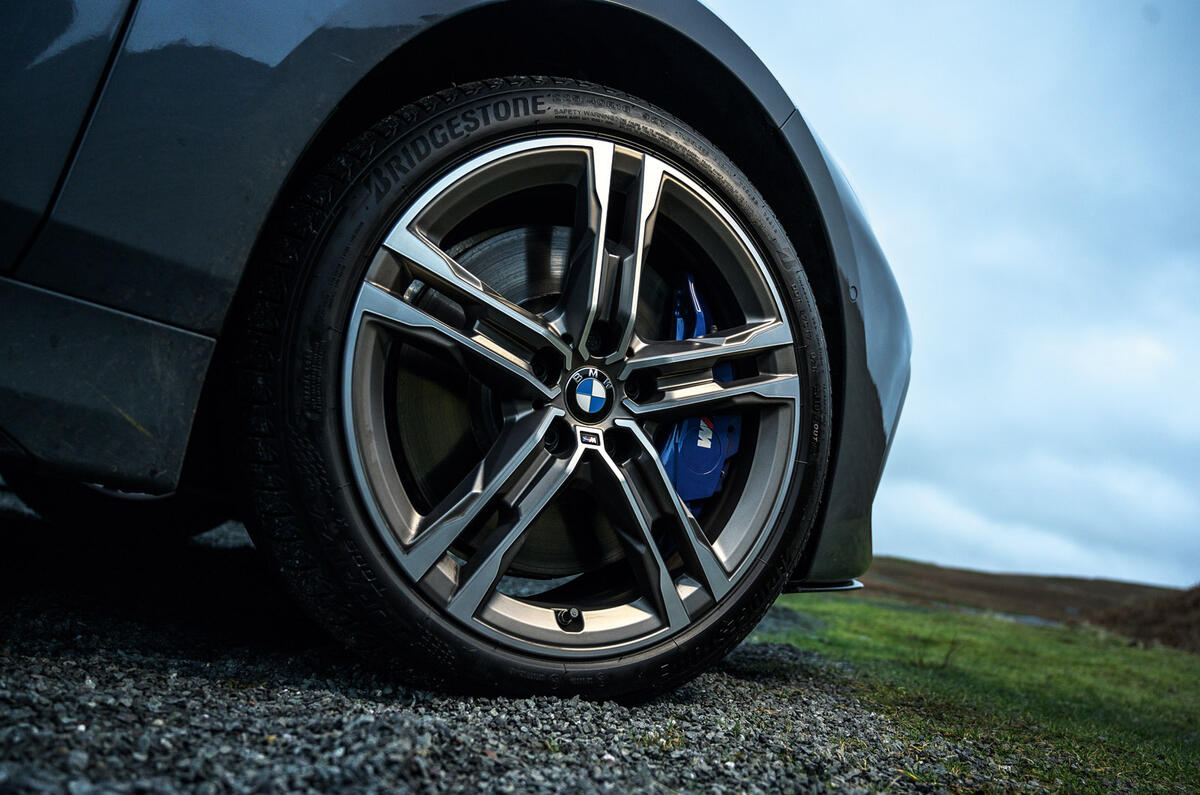
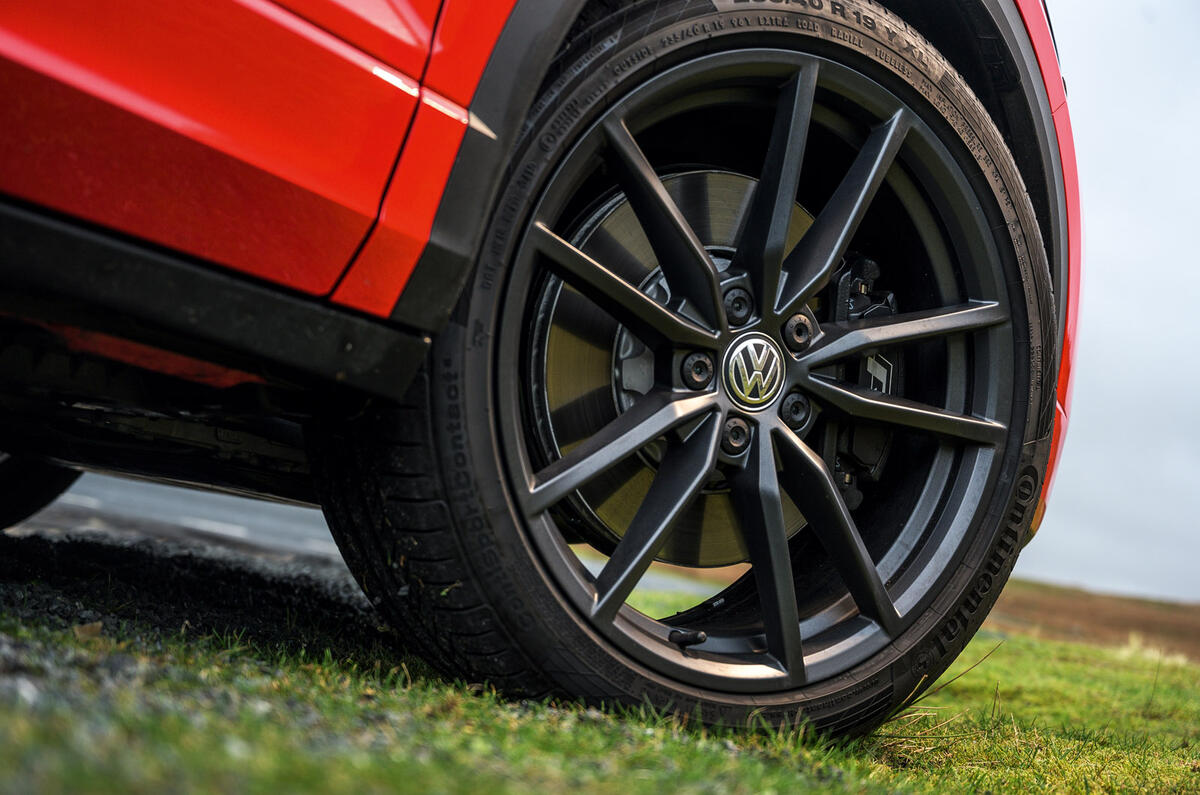
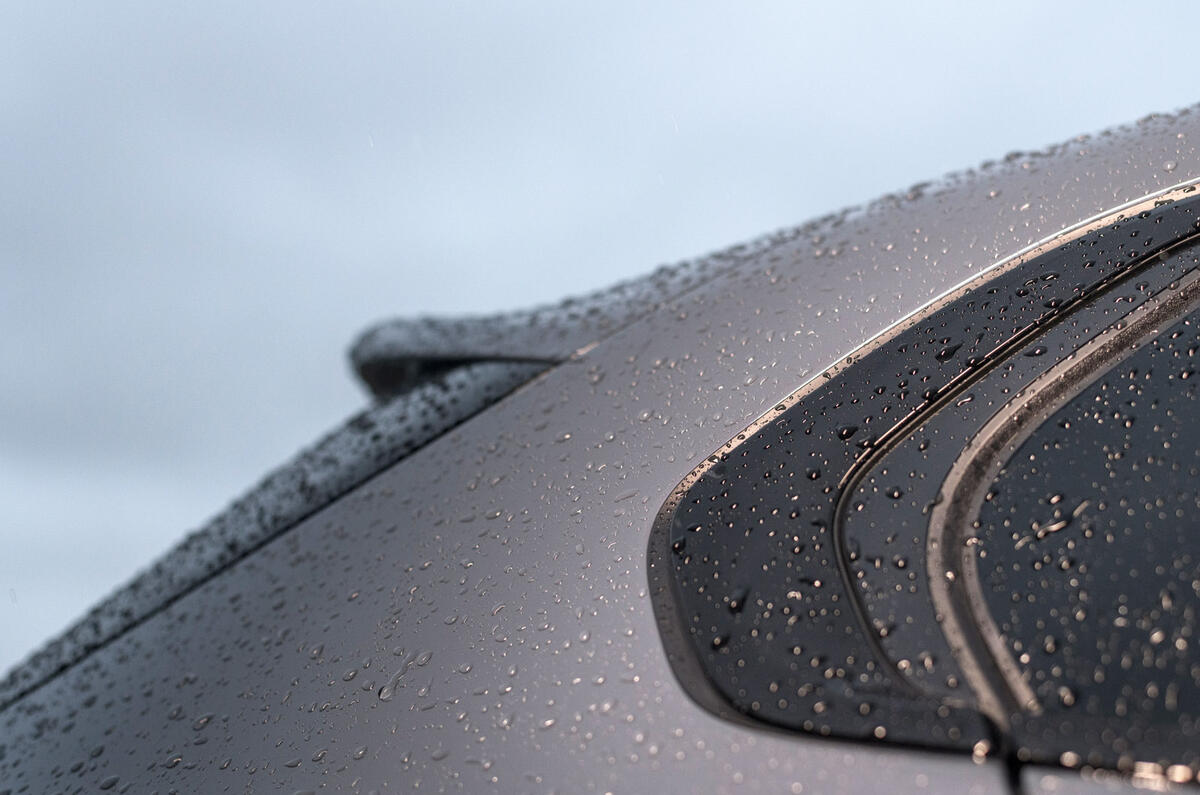
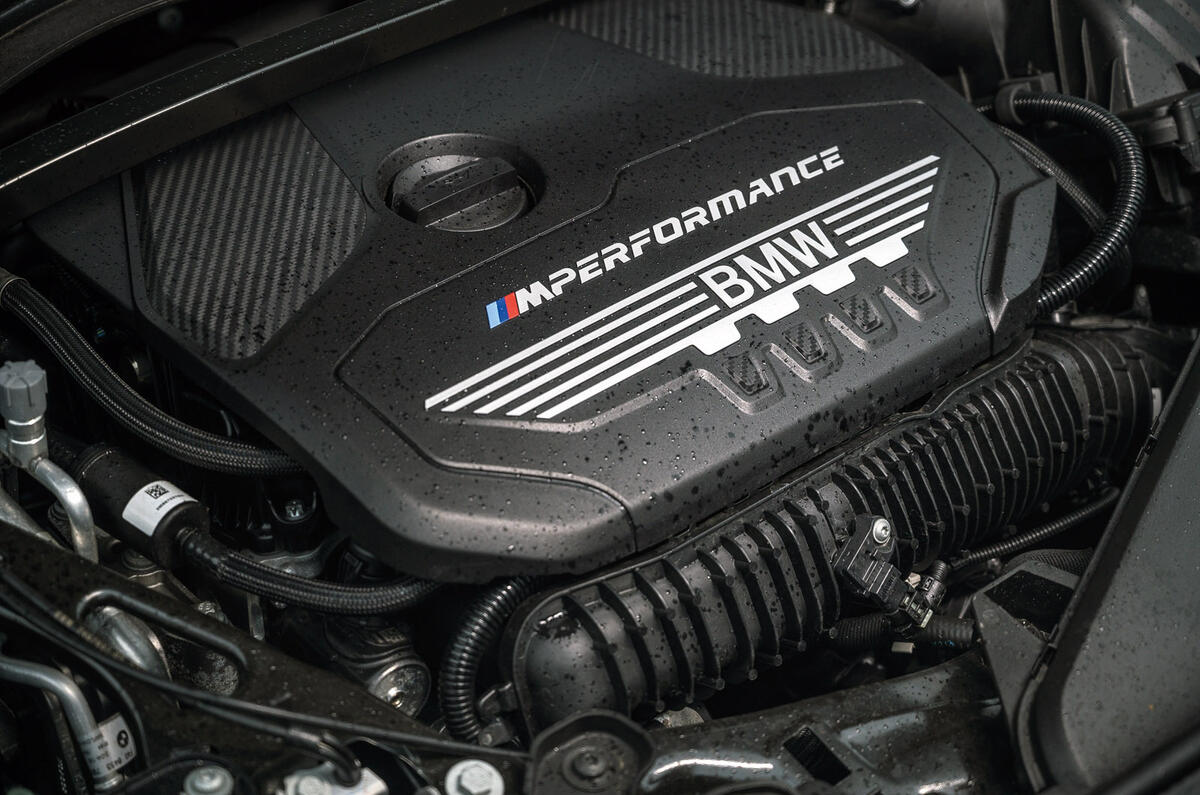
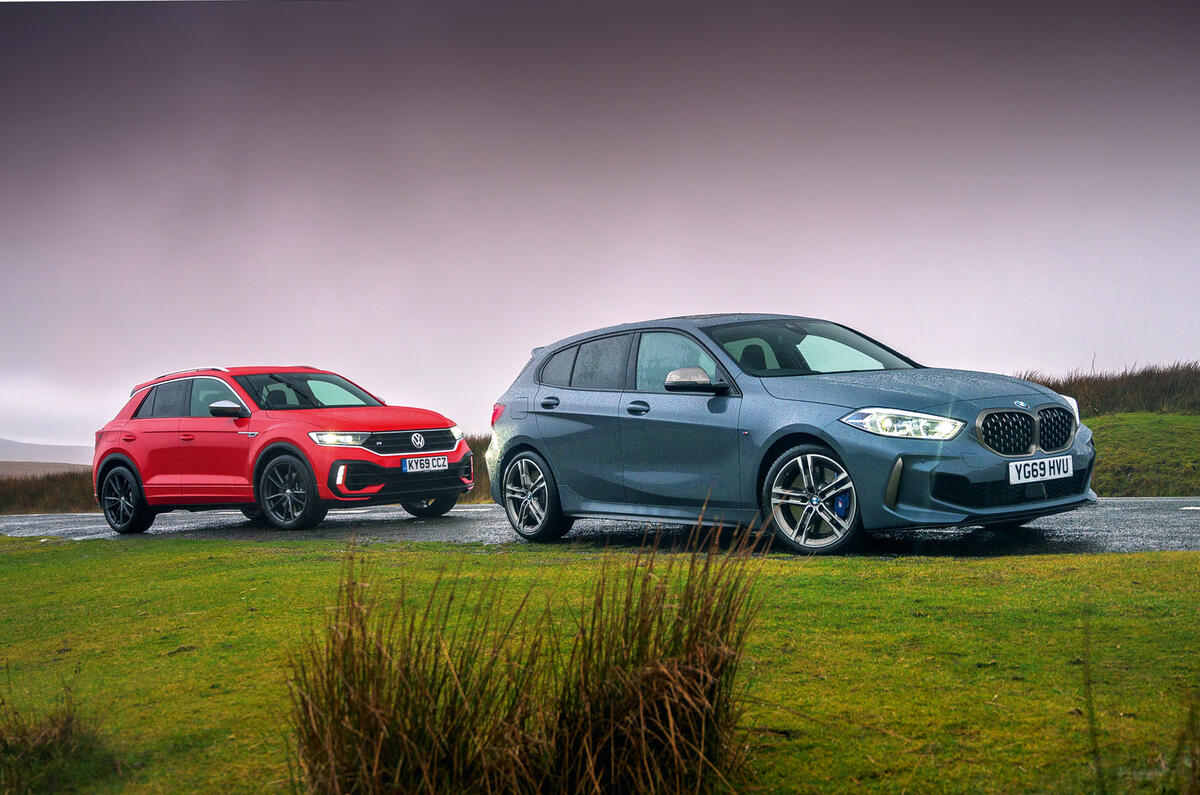
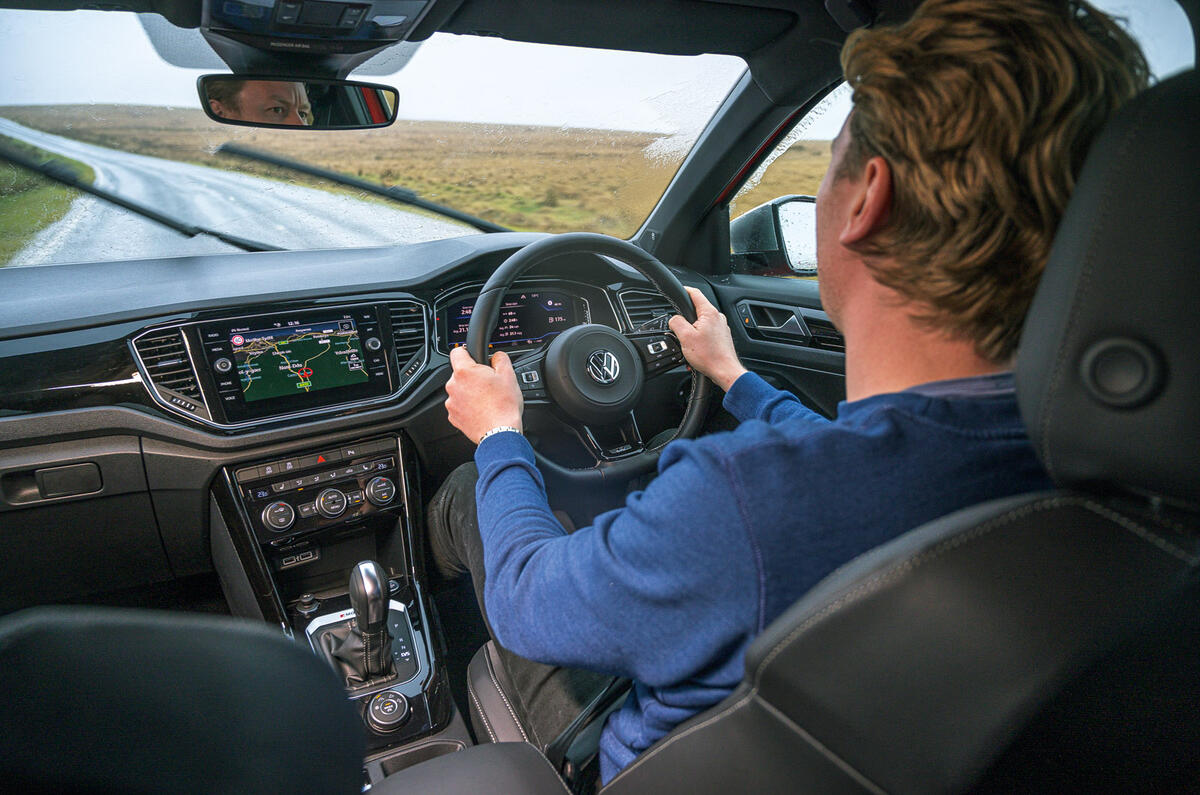
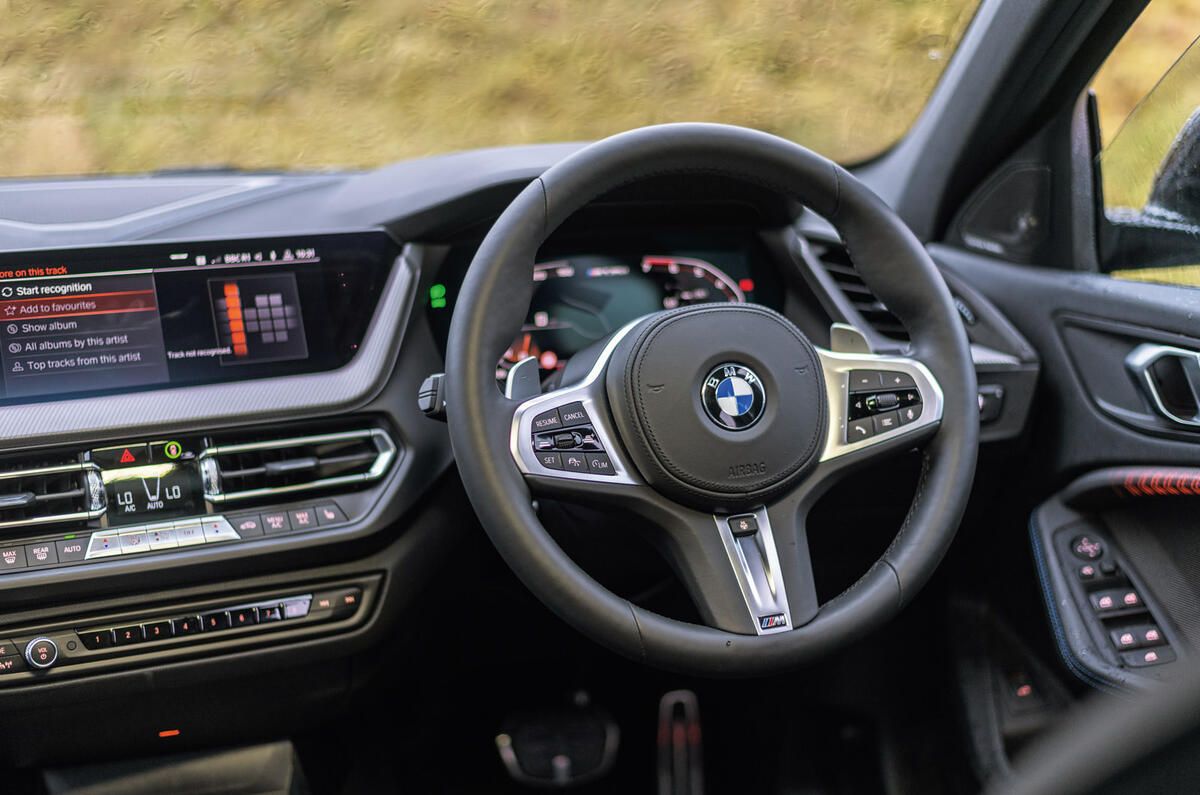
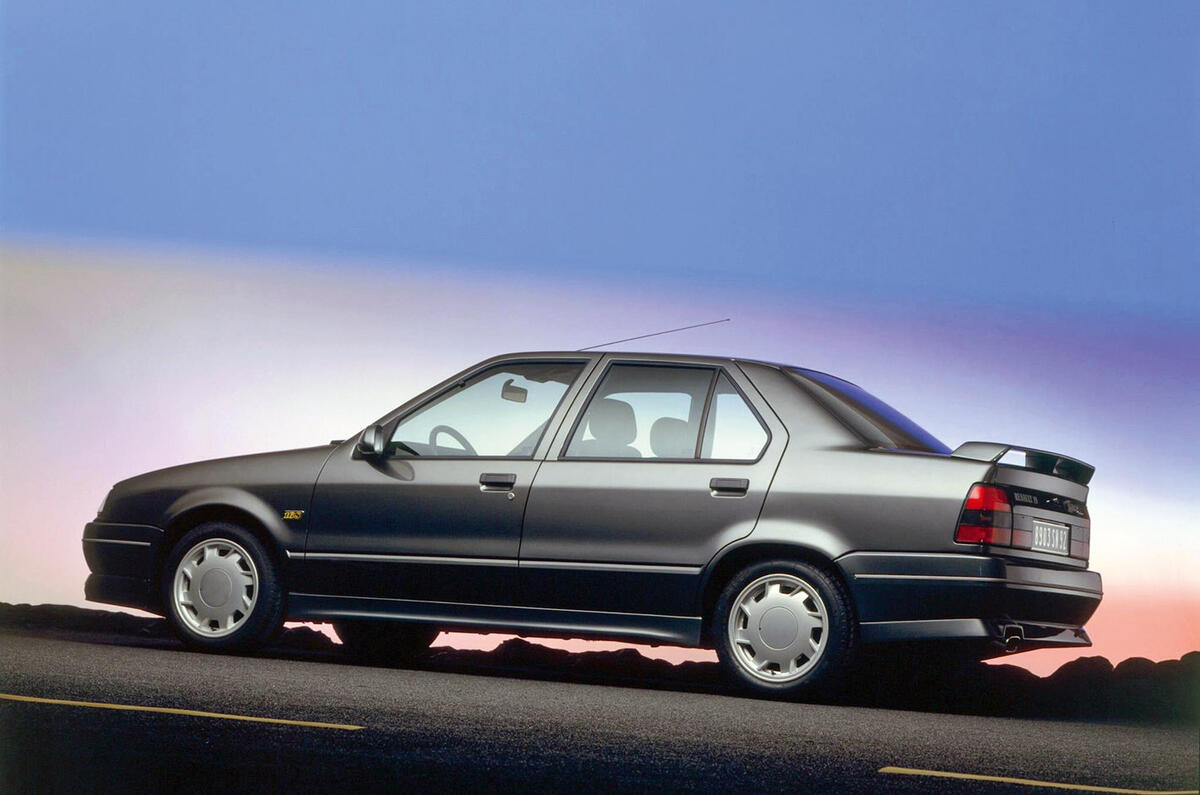
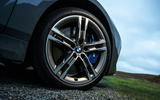
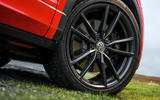

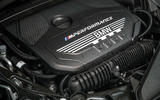
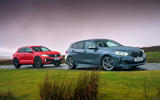
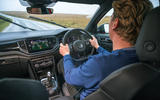
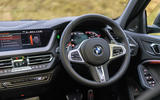
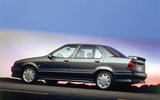









Join the debate
Add your comment
Which?
One brand is selling you a lifestyle Car, the other is selling you a drivers Car, the problem seems that VW aren't giving you the quality inside.
Which is the BMW ?
Which is the BMW ?
That is certainly not a BMW
If it was, it would have a beautiful strait six, a manual box and rear wheel drive.
In truth this isn't a BMW at all, let alone a BMW 120.
But at least it isn't a Golf on stilts.